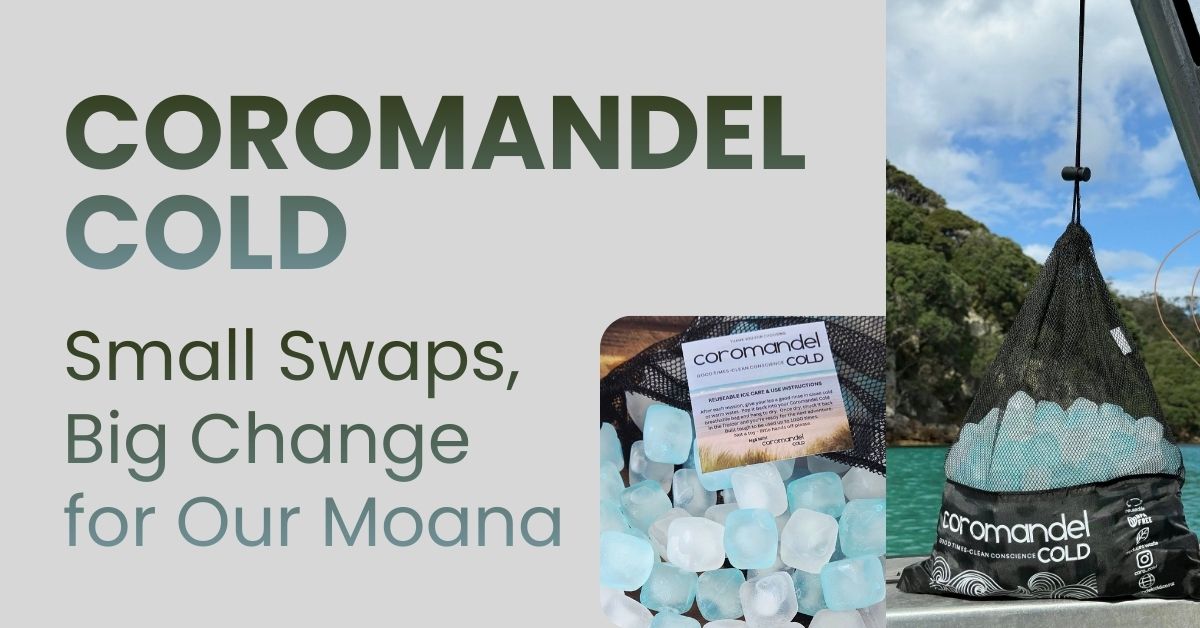
Discovering Thames
This year, Coromandel Peninsula’s connectedness has slid backwards with the closure of SH25A. Thoughts go back to the days before the Kōpū-Hikuai road was built.
From their arrival here, c1350, Māori developed a communications network using waterways and foot tracks along the shore and through forests. Ocean-going waka plied the coast and fished in Tīkapa Moana, while smaller dugout waka tiwai navigated rivers.
James Cook and his party were the first Europeans to venture into our waterways: in November 1769 they entered the Waihou River in Endeavour‘s longboat. They travelled about 20 kilometres to Cook’s Landing on Hauraki Road; this is the furthest that they reached inland in their first voyage around Aotearoa. Seeing the similarity to London’s river, Cook renamed the Waihou the River Thames.
Following Cook’s visit, more Europeans arrived and our waterways became crucial transport routes. The paths that Māori had trodden for centuries were also vital to early settlers’ connectivity.
Thames goldfield opened in 1867, with the paddle steamer Enterprise II bringing the first gold seekers from Auckland. Soon sailing ships and paddle steamers were travelling regularly to and from the city. In its heyday, Thames had six wharves between Kōpū and Tararu. Of these, Shortland Wharf remains while the piles of the Burke Street Wharf stretch out into the Firth near A&G Price.
The paddle steamer Wakatere became an icon of voyages to and from Auckland. Built in Scotland, it made its first voyage to Thames on 16th December, 1896. This fine vessel carried 700 passengers and until 1926 connected Thames to Auckland in around 3½-4 hours.
At the same time, smaller craft used the Waihou River to reach Paeroa and Te Aroha, the river being wider and more navigable than today. Names along the river – Old Ferry Road, Orongo; Wharf Road, Puriri and Ferry Road, Hikutaia – are reminders of those days.
A centuries-old foot track linked Thames to Matatoki, Puriri, Hikutaia, Komata and Paeroa. In the late-1870s, the Roads Board began negotiations with Iwi for permission to develop this track through their land for use by carts and eventually coaches. Stagecoach horses needed to be rested frequently and so did the passengers; travel over a dusty, or muddy, narrow, winding road was hardly comfortable and establishments like the Puriri Coach House offered welcome ‘comfort stops’. This road eventually became SH26.
Not all our district’s transport has been about going far away. From 1871 to 1874 a steam tram ran five kilometres along the coast from Grahamstown to Tararu Wharf. It carried cargo, and passengers on enjoyable days out to Tararu Gardens or the races on Tararu Beach. This tram featured on our 30c stamp in 1985. A gale in May 1884 washed away the line and wharf; neither were rebuilt.
Cars appeared in Thames from 1902, and motorised bus services began c1910. The Depot in Pollen St, Thames takes its name from that time.
Wanting better connectivity with Auckland, Governor Grey turned the first sod in the construction of a railway line from Thames to Hamilton in 1878. By 1884, the line had reached Kōpū, less than 10 kilometres away! Another 14 years on, the link to Hamilton and on to Auckland was complete; the grand opening took place amid enormous excitement and festivity on 19th December 1898. Passenger services continued until 1985, with the line closing in 1995. The track was lifted, the route becoming the popular Hauraki Rail Trail.
Until the early 1920s, the swampy Hauraki Plains were an obstacle to an Auckland-Thames road link. By draining the swamps and building stop-banks, the plains were available for farming. Land west of the Waihou River was soon populated with families who could only reach Thames on a barge which brought them to Kōpū, where they caught the train into town near the Kōpū Station Hotel. As more people acquired motor vehicles, calls for a bridge across the river became increasingly urgent. Lengthy debates about the exact location for the bridge delayed its construction until 1926, when the current site was chosen and construction began. It was an exciting day for our district when less than 18 months later, the Hauraki Bridge was opened (May 1928), with celebrations over several days. The menu for the festive dinner included Jugged Pūkeko!
The one-lane bridge was 463 m long, with five passing bays. When it was built, roads were rugged and river traffic was still very important. The new bridge had to open to let the boats pass – its central swing span is the only surviving one in Aotearoa New Zealand and it still works. At first, the bridge was a godsend to farmers and families on the Plains and Thames businesses. However, with increasing commercial and pleasure traffic and the peninsula’s growing popularity as a holiday destination, the long narrow bridge became totally inadequate. Legendary queues of traffic stretched back for miles. In 2011, a two-lane bridge opened. The old one, now known as the Historic Kōpū Bridge, is a category 1 historic place.
All over the peninsula, Māori and settlers had hewn tracks that crossed the ranges and linked the west and east coasts. In the 1930s, residents on both coasts began lobbying for a cross-ranges road connection. It took many debates to decide on a route before work began in 1958 to link Hikuai and Kōpū. During construction, a popular Sunday outing for Thamesites was a drive into the hills to view the road’s progress. In April 1966, the Thames Star was confident that the road would be open ‘by Christmas’. Six months later it was apparent that this wouldn’t happen ‘due to ongoing bad weather’. Luckily, the delay was a short one. The ribbon was cut on the new road on 23rd March, 1967. Only half the road was sealed at that stage but despite the difficult driving on the metal road the Mayor of Thames, Mr W Brunton, was quoted in the NZ Herald as saying the new road was “the most glorious golden egg ever given at Easter”.
Words by By Carolyn McKenzie, volunteer at Thames Museum Te Whare Taonga o te Kauaeranga
Photographs by Carolyn McKenzie and Sereena Burton






